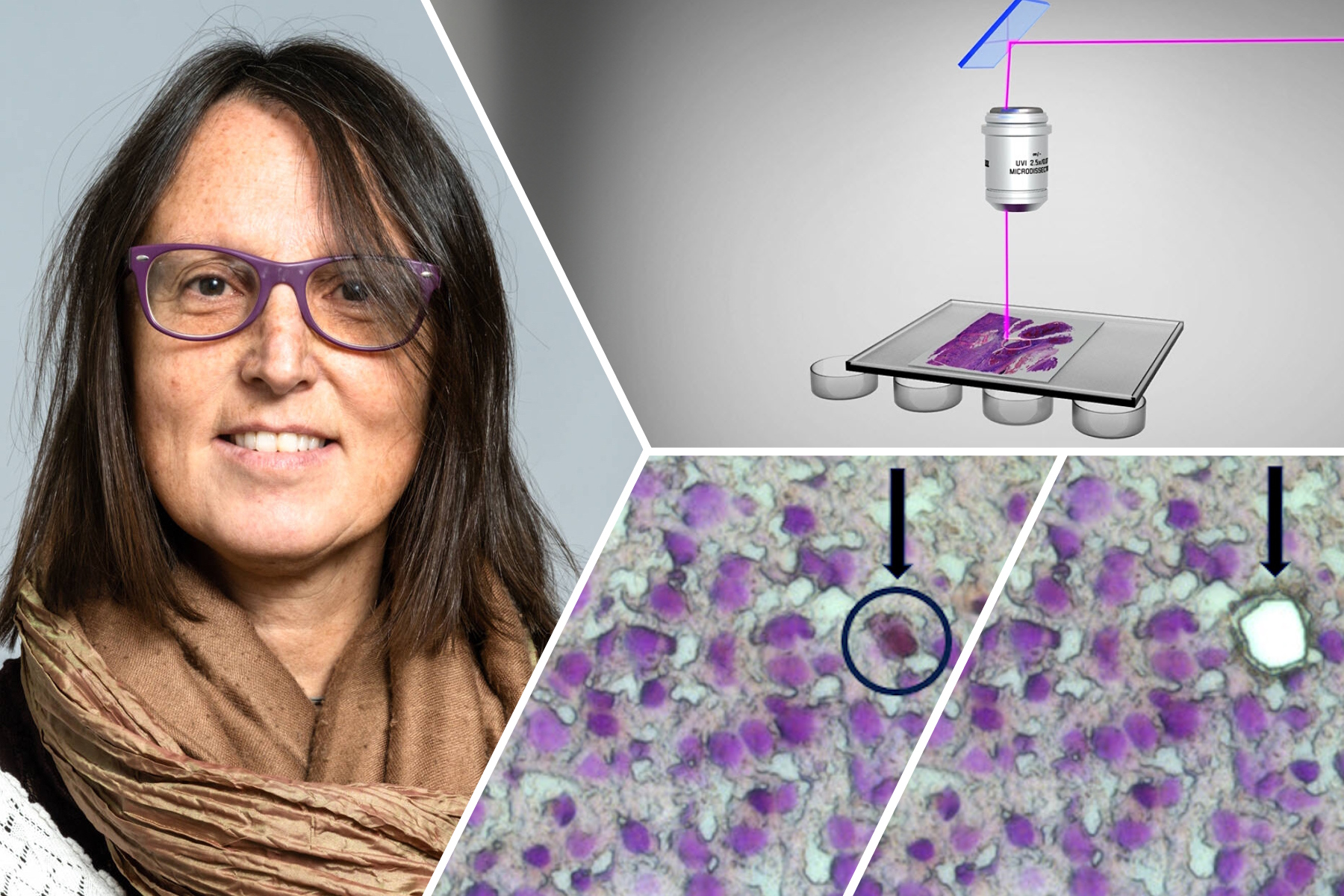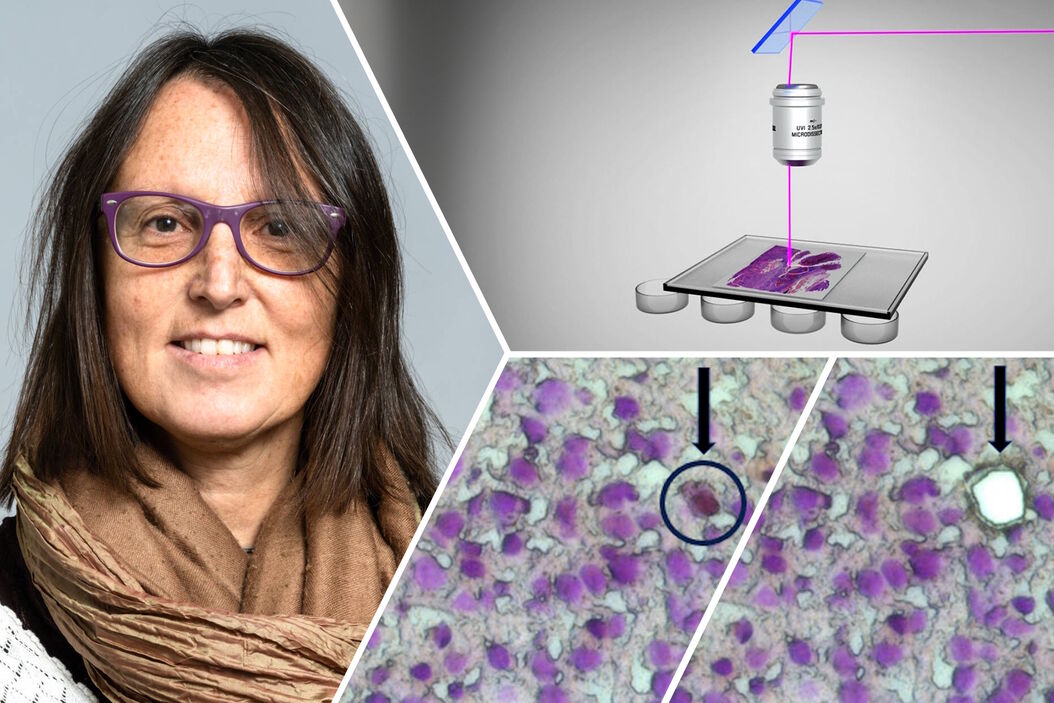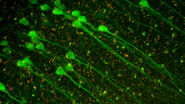Watch the interview
Could LMD also help your research?
Summary of the interview
Understanding adult human neurogenesis
One of the central challenges in developmental biology and regenerative medicine is to understand the origin of cells, particularly new neurons in the human brain. For decades, it was believed that neurogenesis, the formation of neurons, only occurred during the embryonic stage and stopped after birth. However, growing robust evidence, including findings from Dr. Marta Paterlini’s research, conducted in Jonas Frisén's lab, has confirmed the presence of neurogenesis in the adult human brain – a process known as adult neurogenesis.
Adult human neurogenesis occurs in the hippocampus and involves the division of stem cells into neural progenitors and their subsequent maturation into neurons. Its discovery raised numerous questions about the identity of neural stem cells/neural progenitors and their turnover, some of which Marta’s group have been able to answer using LMD.
Investigating complex systems at singe cell level
When Marta joined the lab of Jonas Frisén, their goal was to understand the differentiation of subtypes leading from stem cells to mature neurons in adult samples. This was around the time when single-cell genomics was emerging, and their lab was among the first to embrace single-cell technology in collaboration with other sequencing labs.
Since investigating a complex system such as the human brain would be challenging, the team wanted to test the approach of using a pipeline of single cell genomics to define the lineage tracing of human cells (from stem cells to mature neurons), because it was known that the distribution of somatic variants in single cells can reflect the phylogenetic trajectory. The group realized that an important proof of principle could be to trace back the division of a primary fibroblast cell line. This is when they turned to the LMD system from Leica Microsystems, which would go on to play an instrumental role in this research.
The pivotal role of LMD
In one notable experiment, published in Genome Biology, fibroblast cells were grown on the metal frame of the LMD system. The cells were allowed to attach, and their division was recorded through time-lapse imaging, ultimately capturing the daughter cells which were then collected using LMD. Using a bioinformatics tool developed by their team, the single-cell DNA sequencing data was analyzed to identify somatic mutations in an unsupervised manner. This experiment demonstrated the power of combining single-cell genomics with the LMD system, which was instrumental in building up the pipeline of cells, to trace cellular lineage and gain insights into adult neurogenesis.
Current and future prospects of LMD
Marta describes herself as a “big fan” of the LMD system and is particularly impressed by its ability to work at single cell level, which has been crucial for her group in capturing single cells at different stages of neurogenesis. They share their LMD system with other researchers in the department and have recently noticed a surge in interest in the system's application in proteomics research.
Future applications: Proteomics and spatial biology
Looking ahead, Marta believes there is a significant role for the LMD system in proteomics, particularly applied to mass spectrometry. She observed that using the LMD for proteomics could also be the next step for their group in defining cell function and heterogeneity in health and disease samples. This would align with their interest in, and the goals of, precision medicine. Aware of the growing trend towards spatial biology, Marta also commented that the LMD system will be important in the evolving field of spatial proteomics, providing precise sections for sequencing.
Conclusion
The LMD system has played a critical role in advancing the understanding of adult human neurogenesis by enabling detailed single-cell analysis and facilitating innovative experiments. As research continues to evolve, the LMD system's applications in proteomics and spatial biology hold promise for further breakthroughs in precision medicine.





